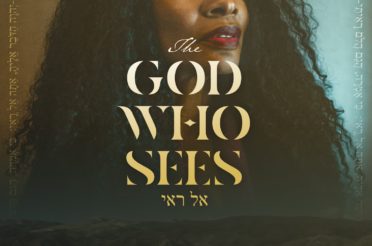By Roger Barbee
For a Christmas present, Mary Ann gave me a book titled The Upward Path, which was published in 1920. It is a small, blue book with just 250 pages of text, but each page is packed with information still useful today. In the Foreword, the editors write: “It is the hope that this little book will find a large welcome in all sections of the country and will bring good cheer and encouragement to the young readers who have so largely the fortunes of their race in their own hands.” The “good cheer and encouragement” the editors wish for comes from the essays, stories, poems, myths, life-stories, and histories that follow in the book’s pages.
As I read the collection compiled by the editors, I recognized such names as Paul Laurence Dunbar, Booker T. Washington, Charles W. Chesnutt, and James Weldon Johnson. However, there were many I had never heard of, and I was glad for the Notes section which holds a short biography of each writer. While it was a pleasure to read their short biographies, it was a joy to read what they had written for this small volume. Topics of every nature had been written about. I sense that because The Great War had just ended, the editors included many stories of bravery exhibited by American soldiers in the horrible trenches of France or Belgium. Tales of animals abound as do stories of schools and the acquiring of an education. The lives of Booker T. Washington, Frederick Douglass, and Abraham Lincoln are held up as examples of how to live. One myth written by Fenton Johnson, The Black Fairy, is an explanation of how Africans came to the United States and like many selections, it is beautifully illustrated by Laura Wheeler. The selection, Behind a Georgia Mule, is a delightful tale of how a mule wins out over James Weldon Johnson showing how a seemingly lower animal can outsmart a man. Each selection has wisdom of living as its base, and one of my favorites is a four-line poem written by Cordelia Ray titled Charity:
I saw a maiden, fairest of the fair,
With every grace bedight beyond compare.
Said I, “What doest thou, pray, tell to me!”
“I see the good in others,” said she.
Since reading the little book, I have thought of it and talked of it with Mary Ann. As a teacher of English, I have pondered its selections and intent. As a reader, I have learned from it. The editors had a definite audience in mind and a purpose that is elegantly expressed in the words “bring good cheer and encouragement to the young readers….” Yes, the audience is the young blacks of the 1920s in America, but as I read and thought, I saw how the idea and intent behind the little blue book could be used for young readers today? I wondered, “Can we not find literature today that will teach valuable life lessons while bringing “good cheer and encouragement”?
When I choose a story, poem, novel, play, or other genre of literature to teach, I examine its potential for inspiring readers. That does not mean that a reading need be “happy”, but that it gives an honest look at the human spirit. That is what the little, blue book does—it shows how the human spirit can overcome obstacles—world war, slavery, lack of education, or any number of trials that are faced and then defeated by the characters in the book.
So much of accepted reading today, it seems to me, is trite, overly violent, sappy, poorly written, or just not that good. Too many characters in novels and stories read today are one dimensional. Seldom do we ask students to face a demanding task such as learning how to give a text a close reading or to learn to explicate a poem. We seem content to accept that any reading is good reading, and I think that attitude does our youngsters a dis-service. When we accept graphic novels as equal to Beowulf or use a serial of modern vampire novels as equal to Mary Shelley’s Frankenstein we lie to our students and ourselves. Just as some foods are better for us than others, so it is with literature.
We should, in my mind, do as well today for our young readers as did the little, blue book for its readers.







